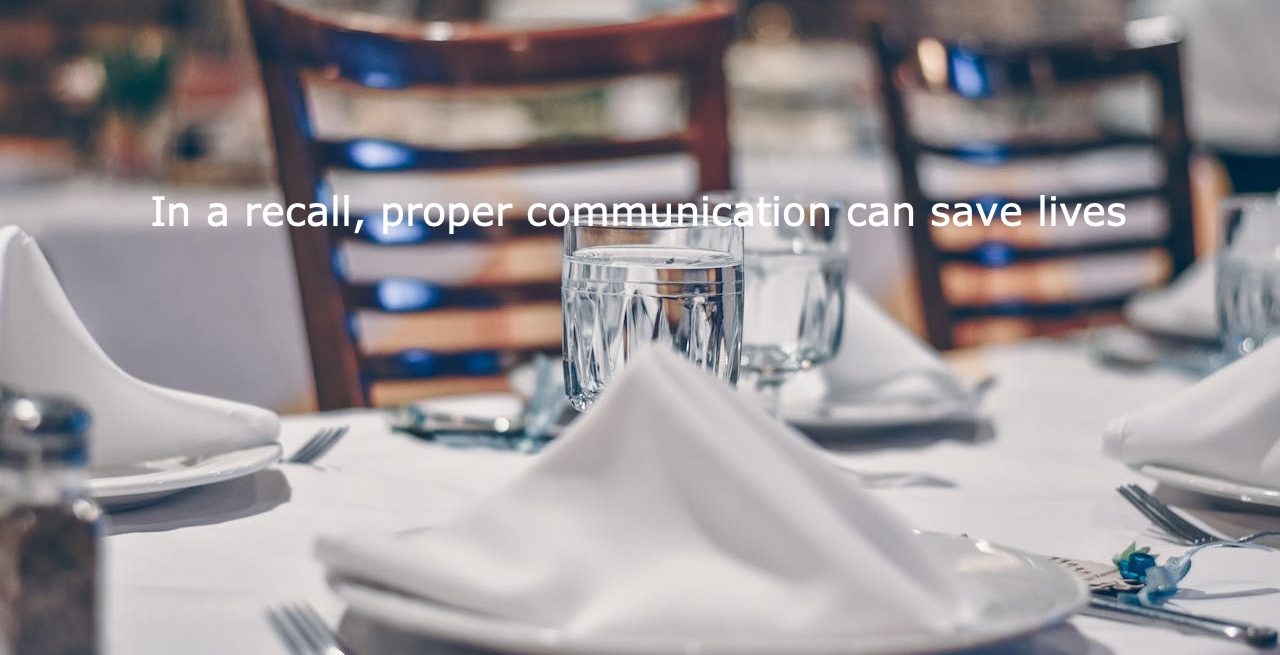Best Practice Tips for Restaurants to Improve Recall Communications
3 Min Read By Roger Hancock
If your restaurant was involved in a food recall, would you know how to properly communicate about the incident to key stakeholders – including media, customers, employees, supply chain partners, and regulatory agencies? Would you know how to develop action-oriented messages customized to each audience, explaining how to get rid of contaminated products, what to do if they consumed tainted foods, and how to determine if they have foods that were part of the recall? In a recall, proper communication can save lives – and can also reduce the negative impact on a company’s reputation.
Some food businesses excel at the logistics of a recall – handling these tactics flawlessly – but then completely fumble the communications aspect of the incident. Don’t let that happen to you.
As recalls continue to happen frequently, restaurants (and other food businesses) must be prepared to manage all aspects of these events – which includes proper communications efforts. That means…
Sorry, You've Reached Your Article Limit.
Register for free with our site to get unlimited articles.
Already registered? Sign in!


